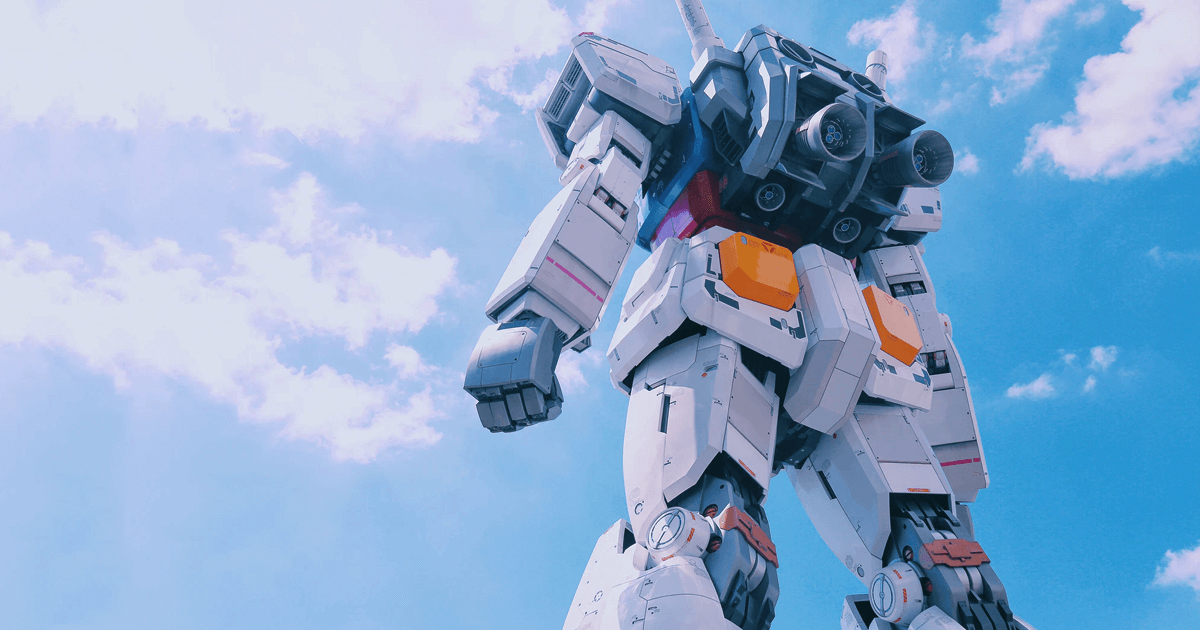Giant Robots

Yes, Giant Robots. When you lay your eyes on them, it feels like we are watching something that is not real at the same time unbelievable. When we talk about Giant Robots, the very first word that hits our brain is Mecha – Robots or machines (mechs) controlled by people.
We have been watching these robots in Japanese video games since our childhood. There are giant human-piloted combat robots already made in America for small fighting leagues.
History of Robots
The term “Robot” was first used in a play published by the Czech Karel Čapek in 1921. R.U.R. (Rossum’s Universal Robots) where it was manufactured as biological beings to perform manual labor. Then the most famous Japanese robotic automaton was presented to the public in 1927.
In 1928, one of the first humanoid robots were exhibited, which could move its hands and head that was controlled by remote control or voice control.
In 1930, the earliest designs of industrial robots were put into production in the United States.
In 1960, the first digitally operated programmable robotic arm represented the foundation of the modern robotics industry.
Does building Giant Robots make sense from an engineering perspective?
Machines have already populated our world, but to depend on them we need better understanding and advancements to make them more self-efficient. And here the role of Artificial Intelligence takes place – to assemble applications, help robots to learn its own.
The world’s largest 60 feet humanoid robot is currently under process in Yokohama, Japan.
Requirements to build Giant Robots
- For massive machines, the amount of energy required will be exponentially huge that may include nuclear reactors or any other powerful energy resources.
- Strong but lightweight and durable material to provide the desired balance of strength and flexibility.
- Robots should be able to walk, run, and possess other skill sets of humans and animals. So Pedestrian problems are the most challenging ability to replicate in robots.
We know already that machines or robots are going to have an important role in our lives and so we have to think about how to handle them responsibly so that we can welcome them among us as a whole new species.



